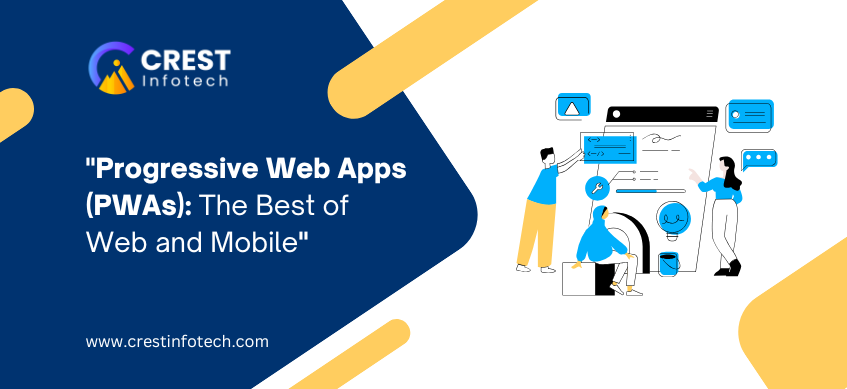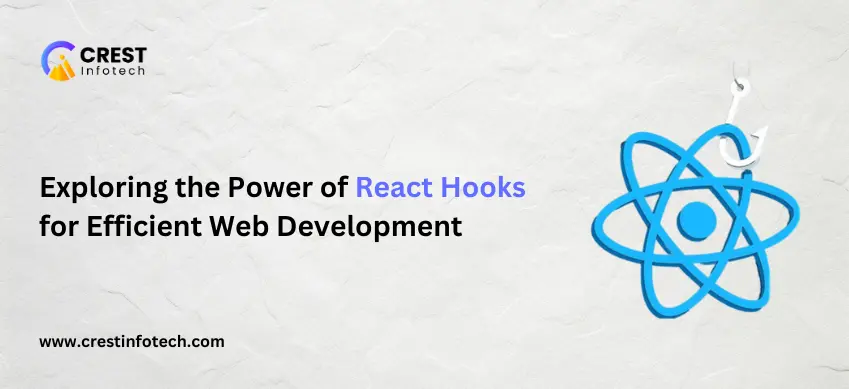Progressive Web Apps (PWAs) represent a groundbreaking development in the world of web and mobile applications. By combining the best elements of both web and native mobile apps, PWAs provide users with a seamless experience across devices. They offer a perfect balance of performance, accessibility, and offline capabilities. Let’s dive deeper into what makes PWAs a revolutionary approach to app development.
What Are Progressive Web Apps?
A Progressive Web App is a type of application software that is built using standard web technologies like HTML, CSS, and JavaScript but functions like a native mobile app. PWAs are designed to work on any device with a modern web browser, meaning users do not need to worry about compatibility across different platforms (iOS, Android, Windows, etc.).
The key feature of PWAs is their progressive enhancement, meaning that they are built with modern web technologies while still being accessible to users with older browsers or devices. As a result, PWAs offer a consistent experience to users, regardless of the device or browser they are using.
Core Features of PWAs
- Offline Functionality: PWAs can work offline or in low-network conditions, making them highly reliable for users on the go. By leveraging service workers (scripts that run in the background), PWAs can cache essential data and resources, ensuring that users can still access content even when they are not connected to the internet.
- Responsive Design: PWAs are designed to work seamlessly on any device, from desktop computers to mobile phones. The responsive design ensures that the layout adapts to the size of the device, providing an optimal user experience.
- App-Like Experience: PWAs aim to mimic the look and feel of native mobile apps, with smooth animations, transitions, and user interfaces. They use web technologies like JavaScript frameworks (React, Angular, Vue) to create highly interactive and dynamic experiences.
- Installability: PWAs can be installed directly on a user’s device without the need to go through an app store. Users can simply add the app to their home screen, making it easily accessible like a native app.
- Push Notifications: PWAs support push notifications, allowing businesses to send timely updates and information to users, even when the app is not open. This enhances user engagement and keeps users informed.
- Automatic Updates: PWAs automatically update themselves in the background, ensuring that users always have access to the latest version without needing to manually download updates from an app store.
Advantages of PWAs
- Cross-Platform Compatibility: One of the main benefits of PWAs is that they work on multiple platforms, including Android, iOS, and desktop browsers. Unlike native apps, which require separate development for each platform, PWAs provide a single codebase that can be used across all devices.
- Lower Development Costs: Building a PWA is often less expensive than developing separate native apps for multiple platforms. PWAs eliminate the need for app store submission, approval processes, and additional overhead associated with maintaining multiple versions of the same app.
- Better Performance: PWAs can load faster than traditional web apps, even on slow or intermittent networks, thanks to the caching mechanisms that allow data to be served from local storage. This results in a faster, more responsive experience for users.
- Improved User Engagement: The combination of offline functionality, push notifications, and app-like experiences makes PWAs more engaging for users. This can lead to higher user retention and increased usage, especially when compared to traditional websites.
- No App Store Dependency: PWAs bypass the app store, meaning users do not need to go through the approval processes or updates typically required for native apps. This freedom allows developers to maintain control over the distribution and updates of their apps.
- SEO Friendly: Unlike native mobile apps, PWAs are indexed by search engines, which makes them discoverable through web search. This can significantly increase organic traffic and app visibility.
Why Should Businesses Adopt PWAs?
- Increased Reach: Since PWAs work on all devices with a modern browser, they offer businesses the potential to reach a wider audience. This is especially important in regions where mobile app adoption is low, or where users have limited access to the app stores.
- Lower Bounce Rates: PWAs provide a faster, more responsive experience, which can reduce bounce rates and keep users engaged for longer periods. The ability to access content offline also ensures that users can return to the app at their convenience, even in areas with poor connectivity.
- Cost-Effective Updates: With PWAs, businesses can easily deploy updates to all users without relying on the app store approval process. This ensures that users always have access to the latest features and fixes.
- Better Conversion Rates: PWAs’ fast load times and smooth performance can lead to higher conversion rates, whether that’s completing a purchase, signing up for a service, or engaging with content. PWAs create a frictionless experience that encourages users to take action.
Conclusion
Progressive Web Apps (PWAs) offer a new way of building web applications that combine the best features of both the web and mobile apps. With their offline capabilities, responsive design, app-like experience, and cost-effectiveness, PWAs are an attractive option for businesses looking to create high-quality user experiences that are accessible on any device.
Whether you’re a business owner, developer, or user, the rise of PWAs represents a shift towards a more unified, efficient, and powerful approach to app development. Embracing PWAs means embracing the future of the web.



